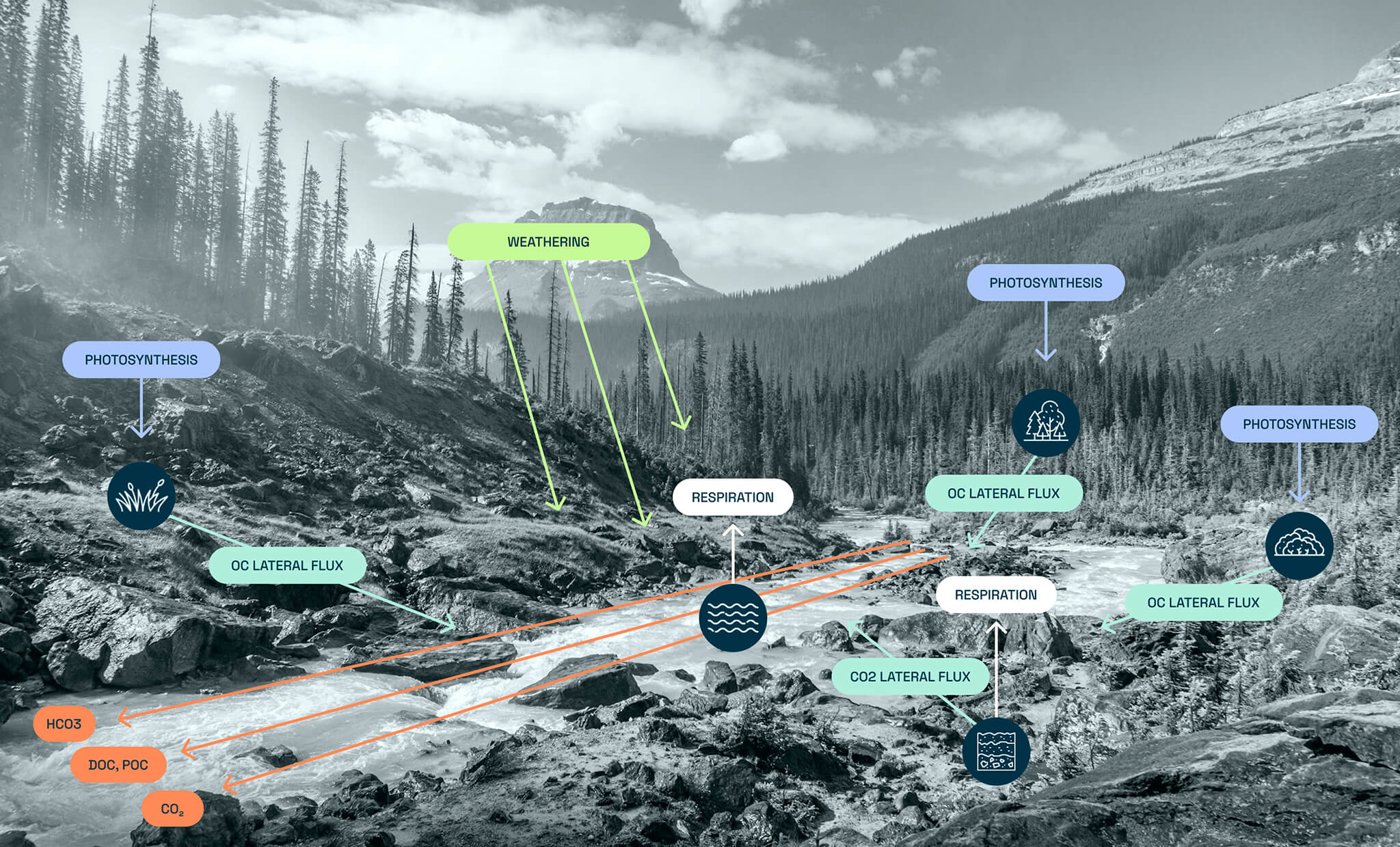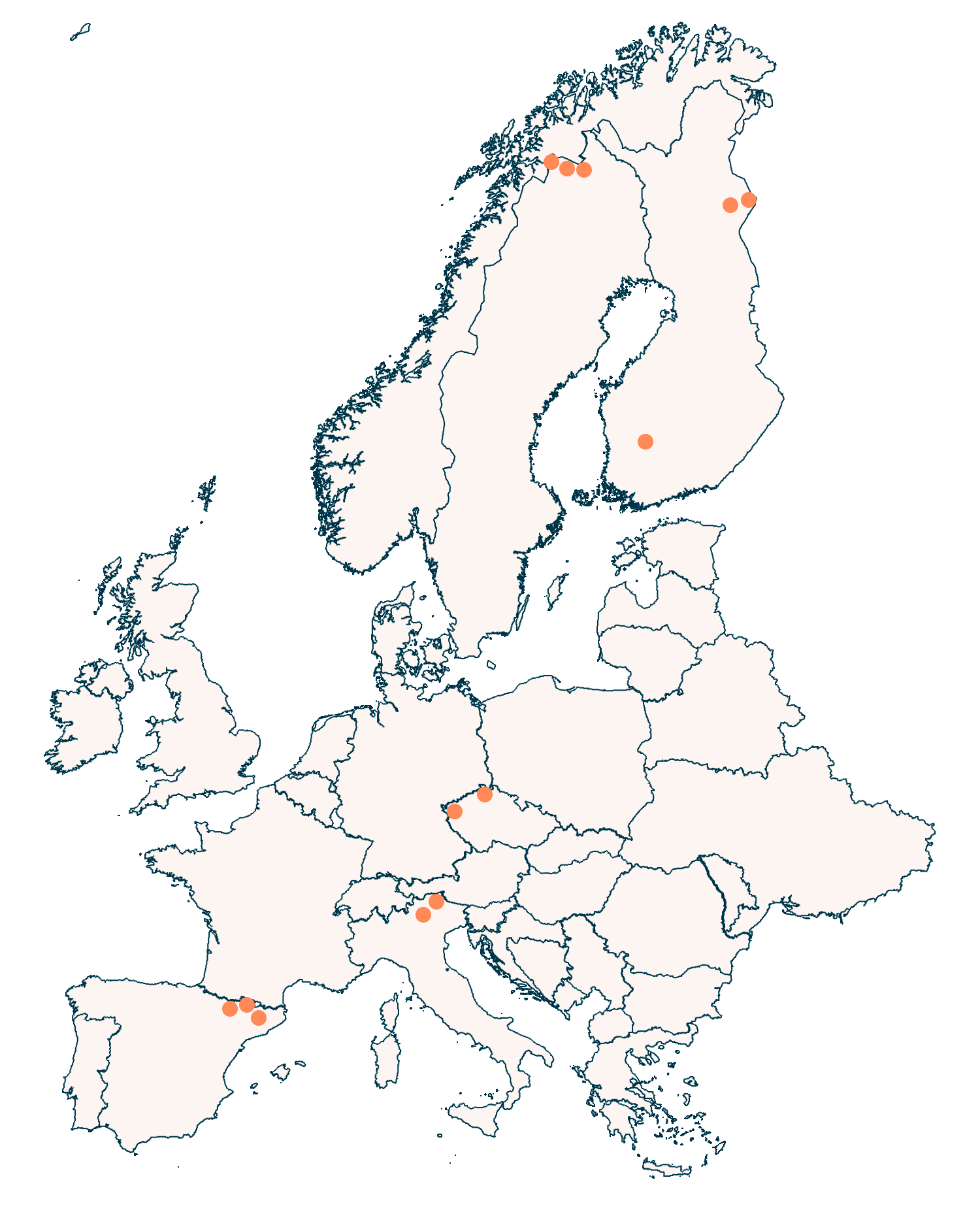Headwater catchment ecosystems play an essential role in regulating the fluxes of CO₂ and other greenhouse gases (GHGs), such as methane and nitrous oxide. These systems can act as natural carbon sinks, but under certain conditions, they may become emission sources.
The SERVICO₂ project investigates how global change —including climate change, atmospheric nitrogen (N) and phosphorus (P) deposition, and land use changes— affects this ecosystem service of GHG regulation in headwater catchments.
These processes alter the ability of ecosystems to absorb or emit GHGs, with direct implications for global climate change.
SERVICO₂ aims to understand, quantify and predict how this ecosystem service is generated and how it may evolve. The main objectives are:

Spain, Italy, Czech Republic, Sweden and Finland.

The research is based on a multidisciplinary approach, combining:
Conducting social and economic valuations, and fostering awareness through co-creation with researchers and stakeholders, in order to improve the consideration of CO₂ regulation ecosystem services in relevant policies.
Reanalyzing, meta-analyzing, and modeling long-term data series to gain insights into the role of catchments in regulating greenhouse gas emissions.
Developing innovative approaches and cost-effective technology for monitoring GHG fluxes, with a focus on high-resolution measurements.
Conducting field measurements throughout the seasonal cycle in a network of headwater catchments across Europe, considering climate, N-P deposition gradients, and local land use effects, to determine the balance of CO₂ and other climate-relevant gases inferred from their fluxes.
Communicating project results to policy-makers, environmental managers, authorities, the general public, and the scientific community.


A project supported by the Water4Al Consortium. For more information about the project, you can contact us at: